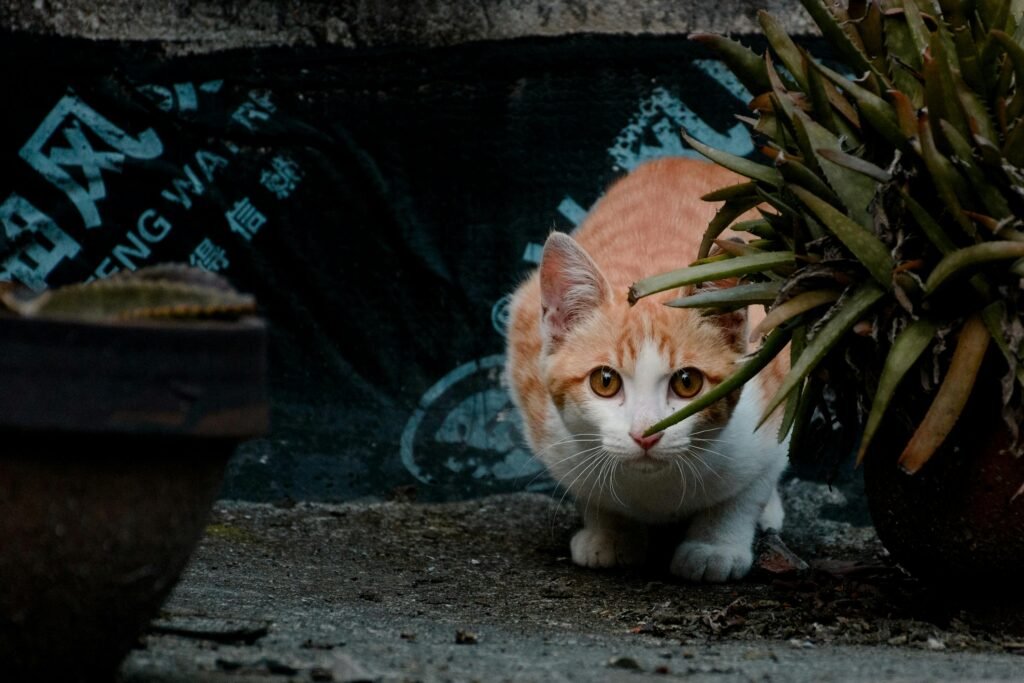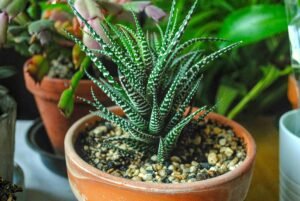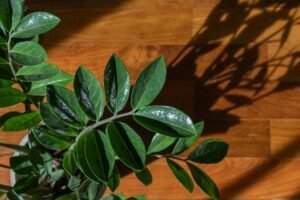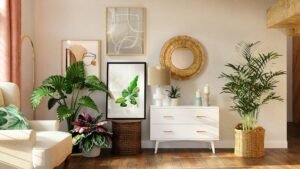Although, Indoor plants add beauty to our homes, provide clean air for us to live and refresh our mind, some plants can be poisonous to our cat. At the beginning of my indoor plants journey, my cat Baloo suddenly vomited at night and along with the vomit came the leaves of the Peace Lily plant that had been planted as a beautifier above my living room coffee table. Immediately rushed to the hospital and the doctor said that Baloo had diarrhea after eating a poisonous plant.
On the other hand, Cats are behaviorally curious about nature and enjoy climbing trees and playing with fallen leaves. But if the plant is poisonous to the cat, it is very dangerous for the cat’s health.
In this article, I’ll discuss some of the ASPCA-approved houseplants that are safe for your cat, play an important role in enhancing the beauty of the home, and need low-maintenance.
What Makes You Sure Which Plants are Safe for Your Cats ?
I never imagined in my indoor plant selection that the plant could be toxic to pets resulting in my baloo being hospitalized for about a day. In this case, you must take care of the house pets along with enhancing the beauty of the house in the selection of indoor plants. If you are completely unfamiliar with poisonous and non-poisonous plants, you can follow plant lists published by organizations like the ASPCA.
Moreover, If like me you stay at home most of the time and lead a busy life, you should focus on plants that can sustain themselves for a long time with little maintenance. In that case, you can add some non-toxic and low-maintenance plants like spider plants, Boston ferns to your list of favorites. On the other hand, you need to be aware that your beloved friend is most curious about which plant in your house and whether the pet is undergoing any physiological changes to feed on the fallen leaves of the plant. If any physical illness occurs in the animal, the help of a veterinarian must be sought.
8 Cat-Safe Indoor Plants.
If you have pets in your home and you are starting to think about indoor plants, you must be careful when selecting plants that are non-toxic. The plants I chose to begin my indoor plants journey slowly changed over time for the well-being of my lovely cat. Here are 8 non-toxic plants that will intrigue your cat, enhance inner beauty, and make you feel much more energetic :
1. Bamboo Palm.
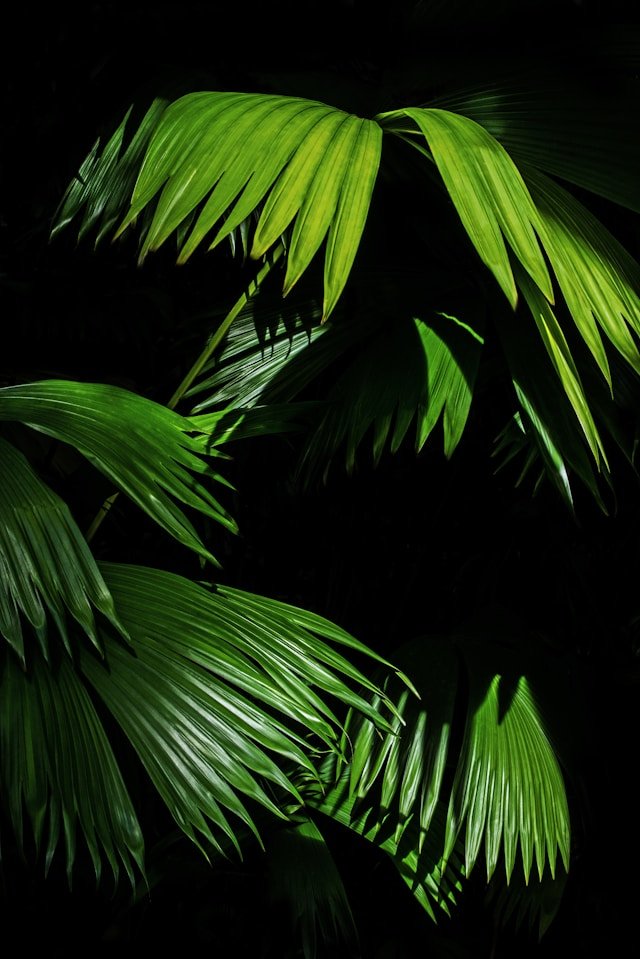
Statement : It looks a bit like a bamboo plant in a bamboo garden, but its immense beauty wins the hearts of the audience.
Safe for Cats : They are non-toxic to cats as well as bringing out the beauty of elegance inside.
Maintenance : These plants can adapt themselves to any weather conditions. They grow quickly in indirect light and moist soil.
2. Money Tree.
Statement : Money plants add new aesthetics to the home while absorbing toxic elements in the atmosphere making it suitable for human consumption.
Safe for Cat : This plant is also mostly safe for pets, including your cat.
Maintenance : Care does not require much watering, adapts to humidity and keeps growing even in indirect light.
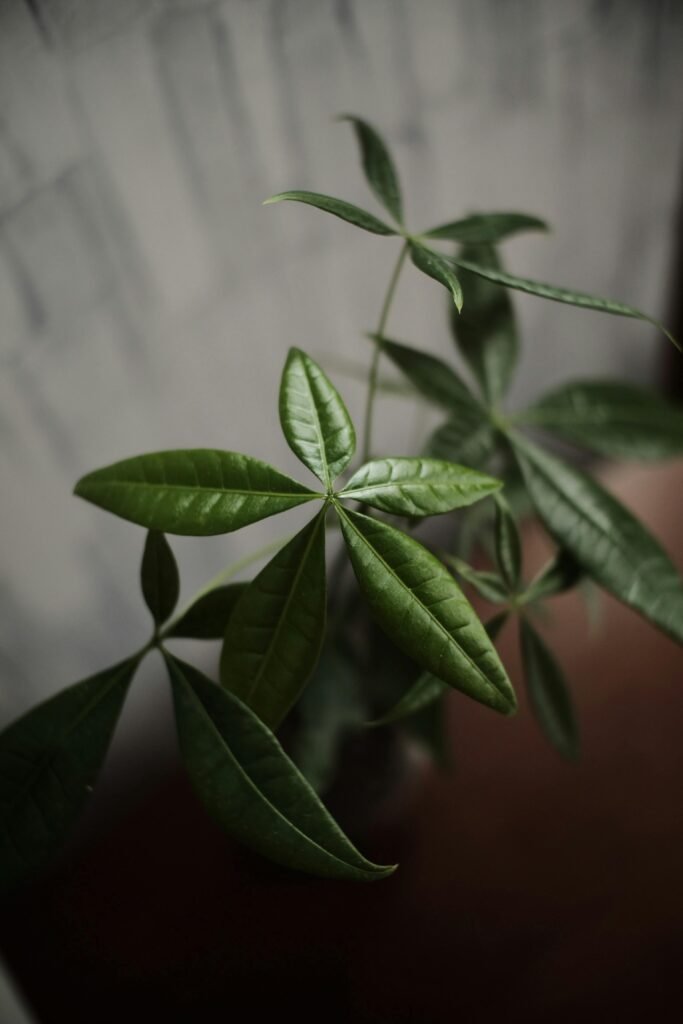
3. Friendship Plant.
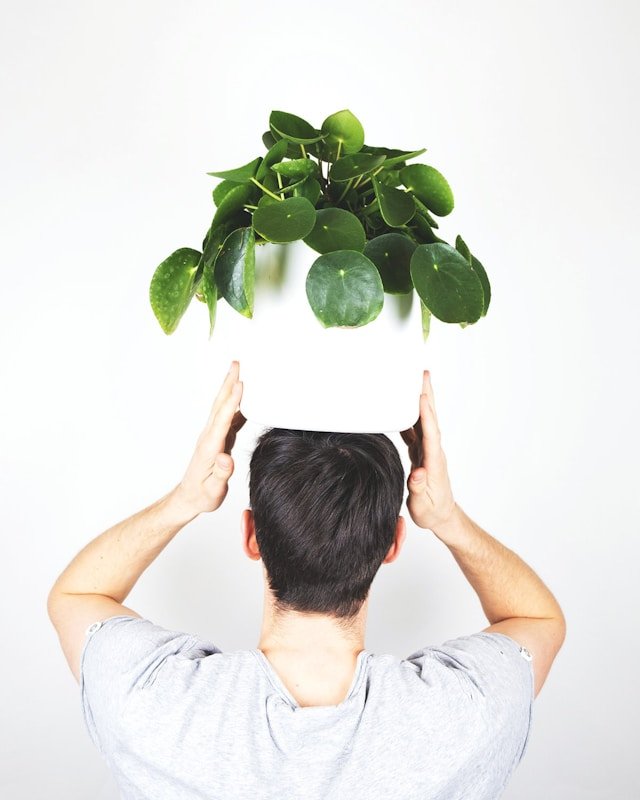
Statement : The curled green leaves may look a bit strange but they add new textural and catch the viewer’s eye during conversation.
Safe for Cat : Since these plants are non-toxic to cats, they can easily be added to the list of indoor plants.
Maintenance : Bright indirect light is ideal for them to grow and they can survive in humidity.
4. Cast Iron Plant.
Statement : Although the leaf is long and broad in nature, its dark green color makes any space much brighter and more lively.
Safe for Cats : The leaves of these plants are safe for cats and because the base of these leaves is very strong, the chances of them falling without infestation are very low.
Maintenance : As they are very low maintenance plants, they can be set anywhere in the house, do not require routine watering and can adapt to low light.
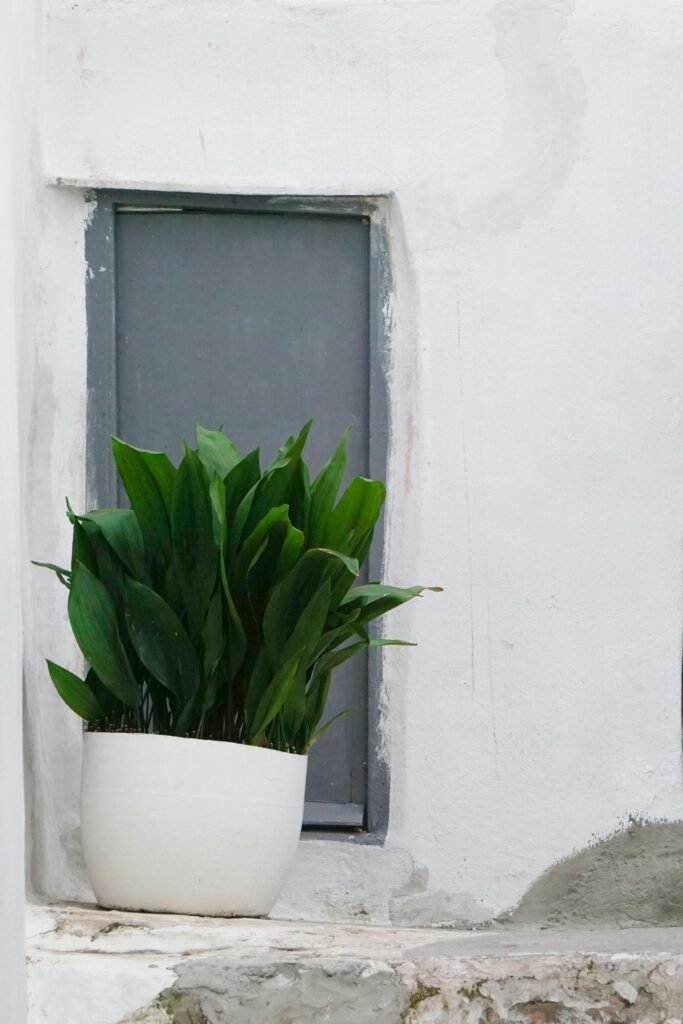
5. Spider Plant.
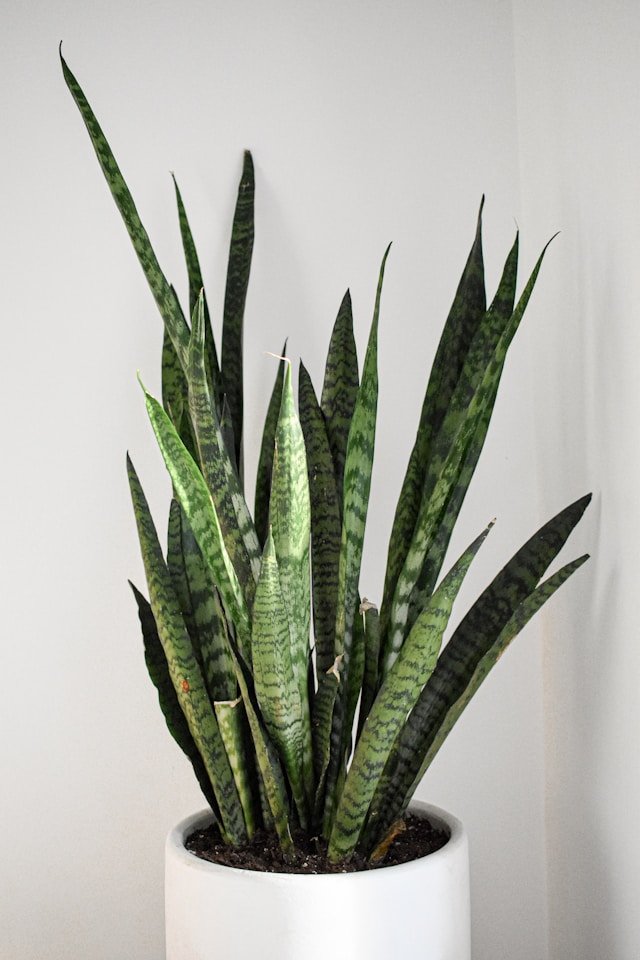
Statement : This type of plant has striped leaves and long tails, so it adds to the beauty of the house if it is set in the places where it is almost always noticed.
Safe for Cats : Their leaves are non-toxic to cats and can be set anywhere in the house.
Maintenance : They can grow in indirect light, require occasional watering and adapt to any environment.
6. Boston Fern.
Statement : Boston ferns add a touch of nature to the interior as the foliage is elegant and somewhat clustered.
Safe for Cat : This plant is completely non-toxic and safe for cats. My Cat,Baloo, sometimes likes to hide behind the plant because it looks a bit like an umbrella.
Maintenance : These plants perform very well in high humidity and indirect light environments such as kitchens and bathrooms.
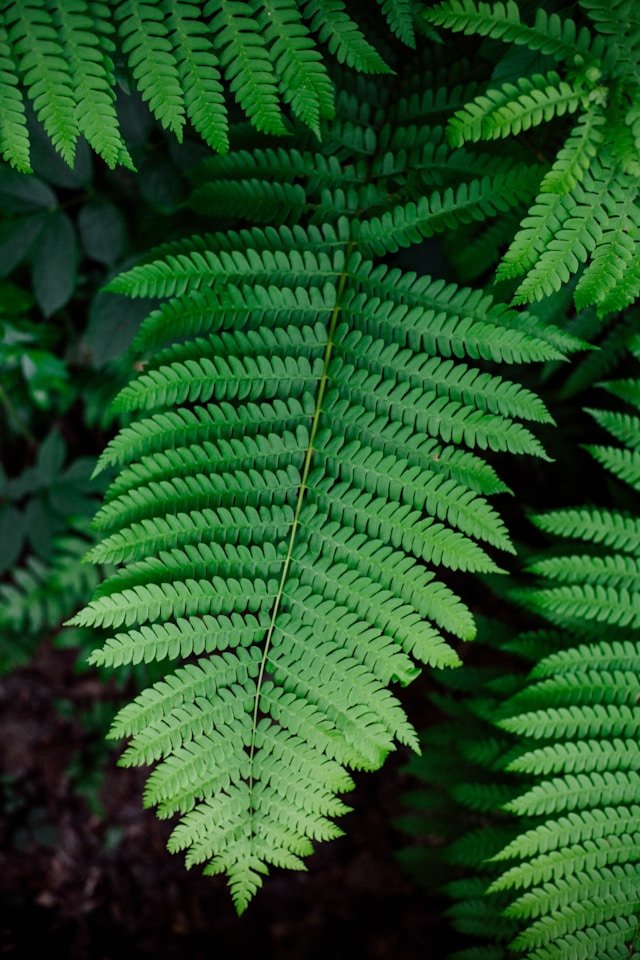
7. Calathea.
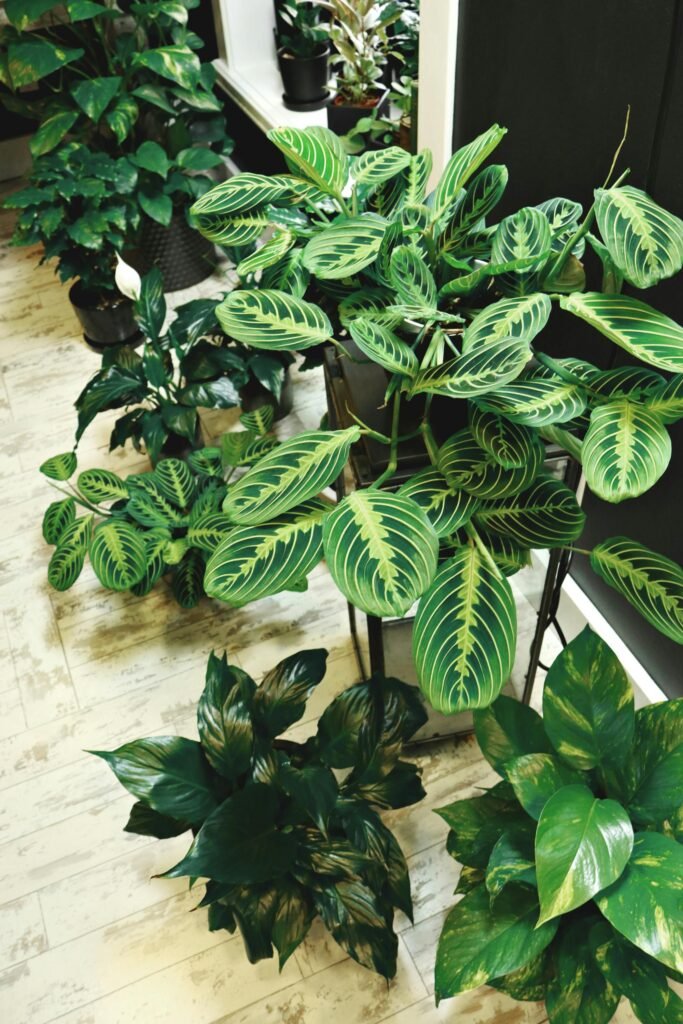
Statement : The leaves of various colorful different designs make the beauty of the room more vivid and make the guests more curious about the beauty.
Safe for Cat : These plants are safe for cats and cats enjoy playing with the different colored leaves .
Maintenance : Calathea plants prefer moderate humidity, grow naturally in bright indirect light and thrive in foggy weather.
8. Areca Palm.
Statement : The Areca Palm plant looks arch but its exquisite beauty makes the indoor environment more pleasant which can give you a feeling of the tropics.
Safe for Cat : The leaves of these plants are non-toxic and completely safe for cats
Maintenance : These plants are very easy to maintain, they can adapt to any light and can be very comfortable for beginners.
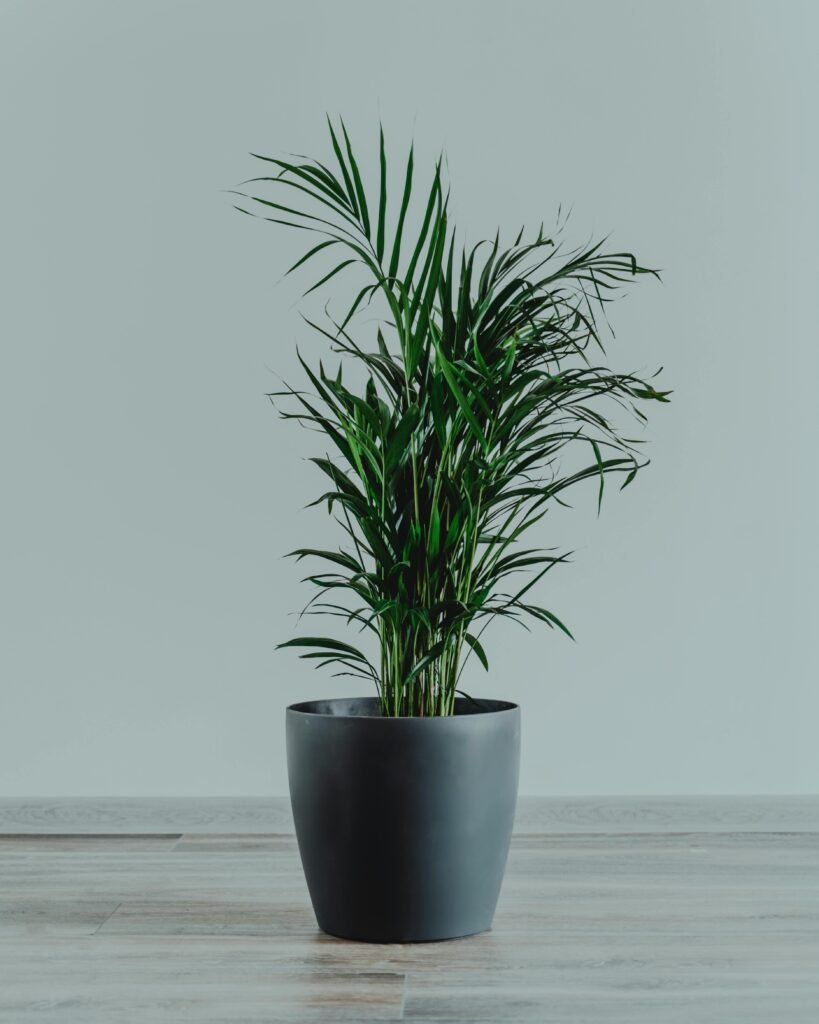
Identify Cat Toxic Issues and Immediate Solves.
No matter how careful you are with your cat, he can somehow get himself sick by eating the leaves of poisonous plants around you. In that case, you must be aware of the symptoms of a cat ingesting poisonous leaves and know what kind of treatment can be given to the cat immediately. Let’s know about common symptoms and some primary treatment:
Symptoms for Poisoning.
Several symptoms may occur, including :
- The Symptoms of Neurological : In some cases, the toxins can even infect the nervous system and cause the cat to show signs of convulsions, tremors and confused behavior.
- The Symptoms of Gastrointestinal : If your cat suddenly vomits, shows loss of appetite, and curls up with stomach pains, it must be understood that the cat’s stomach has reacted.
- The Symptoms of Respiratory Distress : Exposure to poisonous plants can cause your cat to suddenly cough and even have trouble breathing.
In addition to the above symptoms, various other symptoms may occur. In that case, you must consult an expert.
Taking Instant Action.
If you are somehow sure that your pet has been exposed to poisonous plants or you see the above symptoms in your cat, you can follow the steps below as first aid:
- Try to remove the plant’s material : Firstly, Your cat should gently stroke the area around the mouth to check if there is any residue of the poisonous plant still in the mouth. If there is any remaining part then it must be taken out.
- Consult with a nearby veterinarian : If you can’t find any poisonous plant parts in your cat’s mouth, get to the nearest veterinarian right away.
- Don’t be pressured for vomiting : Many people think that if the cat vomits in any way, the cat will recover. Never take such steps without a doctor’s advice as your cat may die due to wrong treatment.
Making a Cat-Friendly Indoor Garden.
A cat-friendly garden doesn’t mean having a garden designed specifically for your cat. This means that when you are choosing indoor plants for your home, you must choose non-toxic plants and even if you choose poisonous plants for landscaping, you must use some techniques to set the plants.
Set Plants in Safe Places :
Since It is not always possible to keep your favorite friend in sight, non-toxic plants can be placed anywhere to enhance the beauty of your home, and poisonous plants should be hung above so that the cat cannot get near the plant even if It wants to.
Select Cat Friendly Plants :
If you want, you can grow some small pots of cat-friendly grass that will help distract your cat from other plants. And when it comes to plant selection, you must include in the list plants that will add beauty to your home and be safe for your cat.
In short, If you have cats in your home, you can start your indoor plants journey with a little planning and choosing non-toxic plants. If you want to know which plants are safe for your cat, you can add the eight plants I selected at the top of this article to your list of favorites, or you can look up ASPCA on the animal poison control website.
Remember that your cat can get sick not only from plants in your house but also from poisonous plants around the house. In that case, you can give first aid according to the above symptoms and must consult a specialist.

